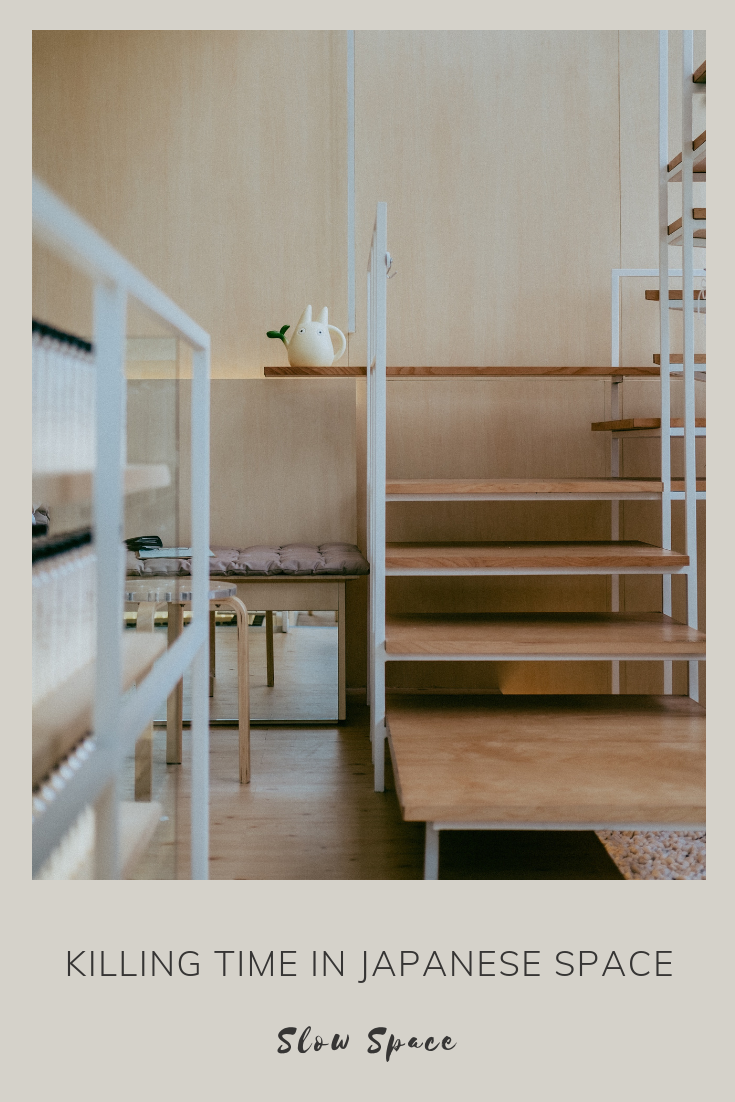Benjamin Franklin would never know how significant his little phrase “Time is money” would come to be in the American psyche. This turn-of-phrase rolls off the tongue every time we need a justification for why we are trying to hurry up. But this is not a universal truth. It turns out it is a very American idea that, according to Gunther Nitschke, is based in geography.
In “Time is Money – Space is Money” published in 1993 Nitschke, the German architect and planner, compares how the time deficit in the US and the space deficit in Japan have affected the design logic of each country. There are numerous lessons from Japan that are applicable to urban living all over the world as well as for our investigation of Slow Space.
Time is gained by ‘killing’ (compressing) space.
He reasons that time is more valuable in a large country with relatively few people, like the US. “America has always had sufficient space. The result has been an appreciation of, if not an obsession with time. ‘Wasting time’ is only possible in the context of a continual goal-oriented rat race. Thus, America’s greatest contributions of human ingenuity have been in the realm of time problems – the speed of and accommodation for movement of objects, people and information.” He goes on to say “America’s ‘places’ are far from each other. Since one is compelled to ‘waste’ time moving from A to B, one tries to shorten the lapses of ’empty’ time by compressing experiential space through speed and ease of movement. Time is gained by ‘killing’ (compressing) space.”
Space is created by ‘killing’ (slowing down) time.
On the flip side, space is most appreciated by people in a small country with a large population. “Throughout its history Japan has had too little space. The result is a reflex to use space intensively, filling and refilling it. Accordingly, Japan’s greatest contributions of human ingenuity have been in the field of space problems – the terracing of mountains for rice paddies or dwellings, the packing of people in ‘capsule’ housing.” Therefore, “Since Japanese ‘places’ tend to be very close to each other, the tendency is to expand space by increasing experiential time through the reduction of speed and the obstruction of movement. Space is created by ‘killing’ (slowing down) time.”
In fact, time can literally and perceptually slow down under the right spatial conditions and this may provide an antidote to our instantaneous, speed-driven contemporary lives. Read more about this in the article,” The Metaphysics of Time, Space, Spacetime and Slow Space“.
Image: “Japanese traditional style house design” (CC BY 2.0) by TANAKA Juuyoh (田中十洋)







